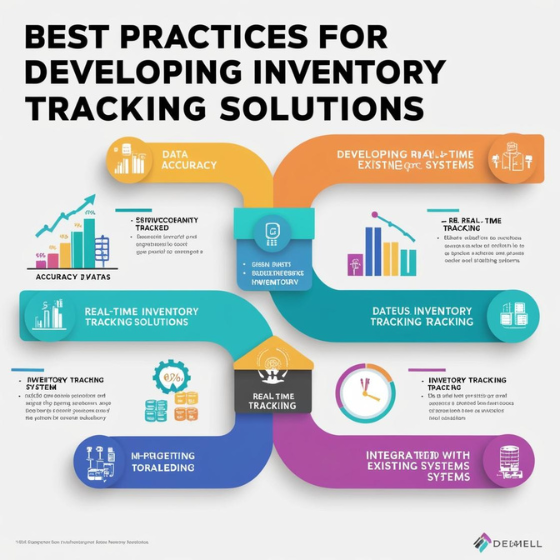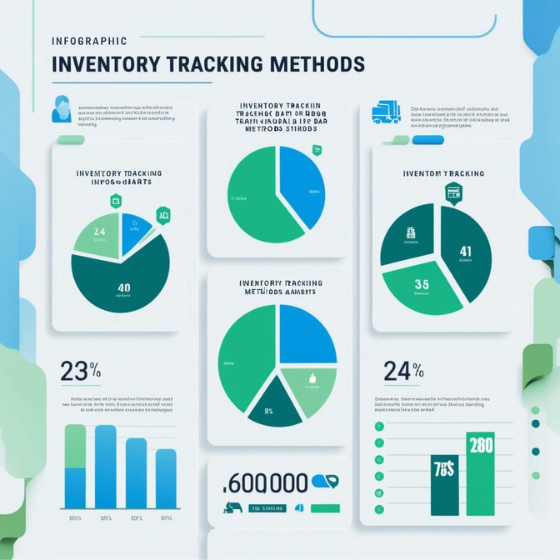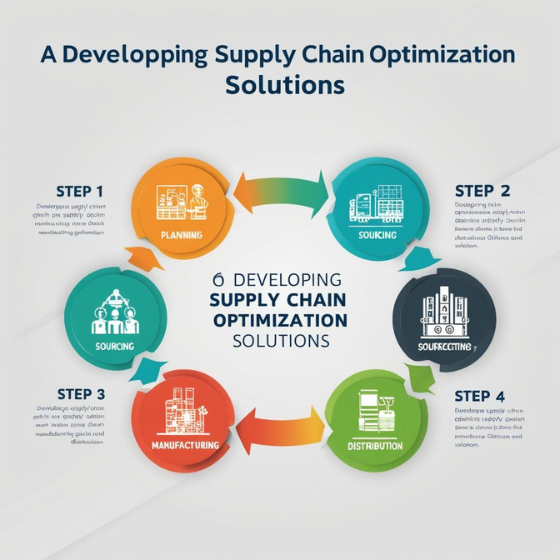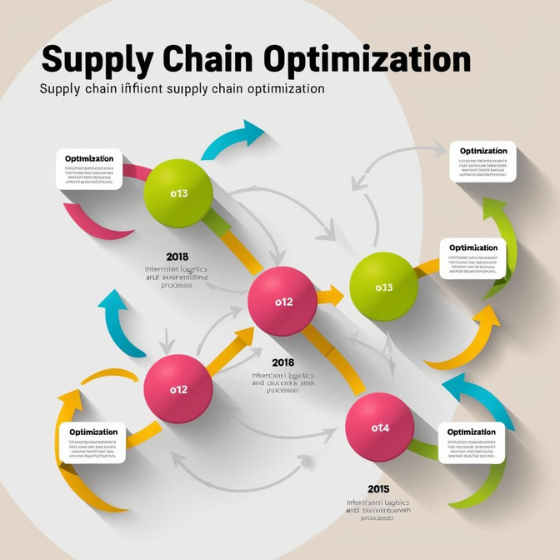Warehouse Management Systems: Streamlining Inventory Control
“Did you know that businesses implementing warehouse management systems (WMS) report a 30% improvement in inventory accuracy and a 20% increase in operational efficiency?”
Efficient inventory management is the backbone of any successful supply chain. From meeting customer demands on time to minimizing operational costs, the effectiveness of your inventory processes can directly impact your bottom line. This is where warehouse management systems: streamlining inventory control becomes a critical solution.
In this blog, we’ll explore the importance of warehouse management systems (WMS), their key benefits, and actionable strategies for implementing them effectively. Additionally, we’ll showcase how Sodio can help you develop customized WMS solutions to transform your operations.
What Are Warehouse Management Systems (WMS)?
A warehouse management system (WMS) is a software solution that optimizes the day-to-day operations within a warehouse. It provides tools for inventory tracking, order fulfillment, space utilization, and overall warehouse efficiency.
Why Are Warehouse Management Systems Essential?
- Improved Accuracy: Track inventory in real-time and eliminate human errors.
- Enhanced Productivity: Automate repetitive tasks and streamline workflows.
- Cost Savings: Reduce waste, minimize overstocking, and optimize labor allocation.
- Scalability: Adapt easily to growing inventory or expanded operations.
Businesses leveraging warehouse management systems: streamlining inventory control not only improve their operational efficiency but also stay competitive in a dynamic marketplace.
Challenges in Inventory Management
Before diving into solutions, let’s identify the common challenges businesses face with inventory control:
1. Overstocking or Understocking
Balancing inventory levels is critical. Overstocking leads to higher holding costs, while understocking results in lost sales and dissatisfied customers.
2. Manual Errors
Relying on spreadsheets or manual processes often leads to inaccuracies and inefficiencies in inventory management.
3. Inefficient Warehouse Layouts
Poorly designed layouts waste time and labor, reducing overall productivity.
4. Lack of Real-Time Visibility
Without real-time data, it’s challenging to make informed decisions about inventory replenishment and order processing.
Overcoming these challenges is key to successfully implementing warehouse management systems: streamlining inventory control and achieving operational excellence.
How Warehouse Management Systems Streamline Inventory Control
1. Real-Time Inventory Tracking
Modern WMS solutions provide real-time visibility into inventory levels, locations, and movements. This ensures that businesses always know the exact status of their stock.
Benefits of Real-Time Tracking:
- Reduce inventory discrepancies.
- Enable accurate demand forecasting.
- Improve order fulfillment rates.
Pro Tip: Leverage Sodio’s custom software development services to create a WMS tailored to your unique tracking needs.
2. Optimizing Warehouse Layouts
An efficient warehouse layout is critical for minimizing wasted time and effort. WMS uses data analytics to recommend the best layout for storing goods based on demand patterns and movement frequencies.
Key Features for Layout Optimization:
- Slotting tools to determine ideal product placements.
- Integration with picking systems for faster order processing.
- Heatmaps to identify frequently accessed areas.
3. Automating Order Fulfillment
A WMS simplifies order fulfillment by automating processes such as picking, packing, and shipping. This reduces human errors and speeds up operations.
Steps to Automate Fulfillment:
- Implement barcode scanning for accurate picking.
- Use algorithms to prioritize high-demand orders.
- Integrate with shipping carriers for real-time tracking.
Sodio’s mobile app solutions can help streamline order fulfillment by integrating WMS features with on-the-go access for your team.
4. Reducing Labor Costs
Labor accounts for a significant portion of warehouse expenses. A WMS optimizes labor allocation by assigning tasks based on real-time priorities and resource availability.
Labor Optimization Strategies:
- Use scheduling tools to assign shifts effectively.
- Monitor productivity metrics to identify improvement areas.
- Reduce redundancies by automating repetitive tasks.
Discover how Sodio’s IoT and AI-driven solutions can further enhance labor efficiency within your warehouse operations.
5. Enhancing Inventory Forecasting
Accurate demand forecasting is essential to maintaining optimal stock levels. A WMS uses historical data and AI-driven insights to predict future inventory requirements.
Advantages of Forecasting with WMS:
- Minimize stockouts during peak seasons.
- Reduce overstocking of slow-moving items.
- Improve supplier collaboration through better planning.
With Sodio’s expertise in AI and analytics, your WMS can become a powerful forecasting tool tailored to your industry.
Case Study: How WMS Transformed Inventory Control for a Leading Retailer
Challenge: A mid-sized retailer struggled with inventory inaccuracies, leading to frequent stockouts and customer dissatisfaction.
Solution: Sodio partnered with the retailer to implement a customized WMS featuring:
- Real-time inventory tracking.
- Automated order processing.
- Predictive analytics for demand forecasting.
Results:
- 25% improvement in inventory accuracy.
- 40% faster order processing.
- 15% reduction in holding costs.
This case study highlights the transformative power of warehouse management systems: streamlining inventory control in achieving operational efficiency and customer satisfaction.
Future Trends in Warehouse Management Systems
The future of WMS is driven by emerging technologies that promise to revolutionize inventory management.
1. AI and Machine Learning
Advanced algorithms will enable predictive maintenance, smarter inventory forecasting, and autonomous warehouse operations.
2. Robotics and Automation
From robotic picking to automated guided vehicles (AGVs), robotics will minimize human intervention while boosting efficiency.
3. Blockchain for Transparency
Blockchain will enhance supply chain transparency, ensuring secure and tamper-proof data sharing across stakeholders.
Conclusion: Streamline Inventory Control with Sodio
Efficient inventory management is no longer a luxury—it’s a necessity for businesses looking to thrive in today’s competitive landscape. By adopting warehouse management systems, companies can improve accuracy, reduce costs, and enhance customer satisfaction.
Are you ready to transform your warehouse operations? Sodio’s expertise in custom software development, and AI-powered analytics can help you build a robust WMS tailored to your needs.
Contact us today to explore how we can help your business succeed in streamlining inventory control and beyond.







